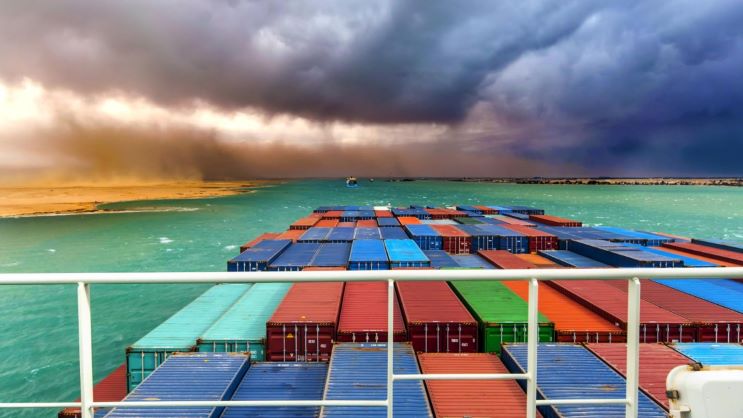A Short History and Practical Information on Suez Canal Shipping
Europe’s Trade Gateway is shipping through the Suez Canal
What can you find in this article?
This article will give insight into the Suez Canal and its past, representing the effect it has had on international trade. See how transporting goods through Egypt has solved many trade problems for European imports which have had difficulty meeting the rising desire for items coming from Asia. See the importance of the correct loading of cargo onto cargo ships and how maritime transportation is affected by it. Learn more about the significant effect the Suez Canal has had on international intermodal container transport and obtain some practical information about loading containers for freight by sea. In this article, we will also mention current geopolitical events and how unforeseen circumstances in the region of the Suez Canal bring problems for international transport and trade.
Learn about the history of the Suez Canal
Suez Canal, what is it?
In Egypt, there is a water pathway connecting the Red Sea to the Mediterranean Sea and it is called the Suez Canal. It is the quickest route between the Pacific and Indian Oceans to Europe, spanning about 193 kilometers (120 miles) from Suez to Port Said. The Suez Canal utilizes lakes and has eight major bends with no locks along the route. From the east side is the Sinai Peninsula and to the west is the Nile River delta. Suez was the primary civilization along its banks before the completion of the canal on November 17th, 1869.
To understand the economic environment during the construction of the Suez Canal, the history of it must be learned. Prior to 1869, there were circumstances that triggered the creation of the canal. Ferdinand de Lesseps created the Suez Canal Company in 1858 so that they could build the canal. United companies from Britain and France came together to build and complete the canal which is now under Egyptian control to this day.
What ultimately caused the construction of the Suez Canal?
In 1848, circumstances in Europe were very unstable involving temporary disruptive economic events such as the lack of food reserves for the span of two years between 1845 and 1847. A revolution and industrial fall were experienced by the European continent. Around the same time period, the United States had taken part in the First Opium War against China in the 1840s and then another war from 1857 to 1859. These wars aimed to allow the expansive Chinese market to take part in Western trade. Analyzing the historical environment at the time allows for a general consensus as to why the Suez Canal was created in the first place. The Suez Canal allowed the intra-transit route to be shortened, reducing the trip lengths from London to the Arabian Sea by about 8,900 kilometers (5,530 miles). This solved the need to update the status of the trade. As you could guess, there were many other perks to the creation of the Suez Canal but decreasing the amount of time to transport goods was the most valuable.
Currently, the transportation of energy supplies, consumer goods, and other pieces of modern machinery from the Middle East and Asia to Europe is done through the Suez Canal which is responsible for 12-15% of trade worldwide and about 25-30% of container transportation.
The intelligent placement of the canal allows for it to be the main gateway for the transportation of oil, hydrocarbons, and other fossil fuels. The canal allows for the movement of about 7-10% of the world’s oil and 8% of the world’s liquified natural gas. With around a million barrels of oil moving through the canal each day, the amount of oil transported is unparalleled. The Suez Canal had 53.5 million tonnes of ore and metal as well as 35.4 million tonnes of coal moved through it.
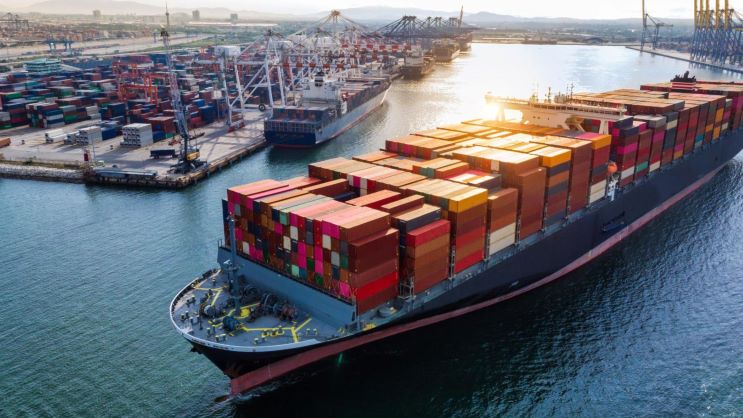
Perks of the Suez Canal: shipping by sea
We discussed earlier that the Suez Canal has decreased the time of transport by about 8 days. The longest transit route today is about 16 days, depending on the magnitude of the cargo ship of course. In the year 2021, over 20,600 ships made their way through the canal with an average of 56 ships moving through every day. This amount rose when in 2014, the Suez Canal Authority (SCA) began increasing the size of the canal to accommodate the amount of ships to 97 a day by 2023. By no later than 2015, the Egyptians allowed for the 35 km (21 mile) expansion of the canal which allowed for 2-way traffic for the majority of the route, enabling the transit of bigger vessels. With this, the canal can now support ships that are up to 400 meters (1,312 feet) in length.
Perks of transportation by sea through the Suez Canal: What are they?
The following are the pros of utilizing the Suez Canal for transporting freight:
Time Savings
The Suez Canal decreases the transit time by an astounding amount. Through the utilization of the canal, journeys are decreased by about 8 days.
A Significant Amount of Vessels
Over 20,600 vessels utilized the canal in 2021 making the Suez Canal a crucial route for ocean transportation.
Effect on Global Trade
The intelligent placement of the canal and its ability to provide financial profitability for nations involved in ocean transportation. The canal is the most convenient opportunity to increase worldwide commerce.
Incoming and outgoing traffic for large vessels
Bigger vessels can now go out at the same time as other large vessels are coming in which enhances the adaptability of the canal.
Decreased transit expenses
Reduced distances combined with larger support will result in decreased financial expenses for companies that transport goods. Using this method of transportation is a financially attractive option.
Tactical Significance
The canal plays a crucial role as a gateway for global ocean transportation. This canal allows for a straight connection between European and Asian countries through the Mediterranean and Red seas.
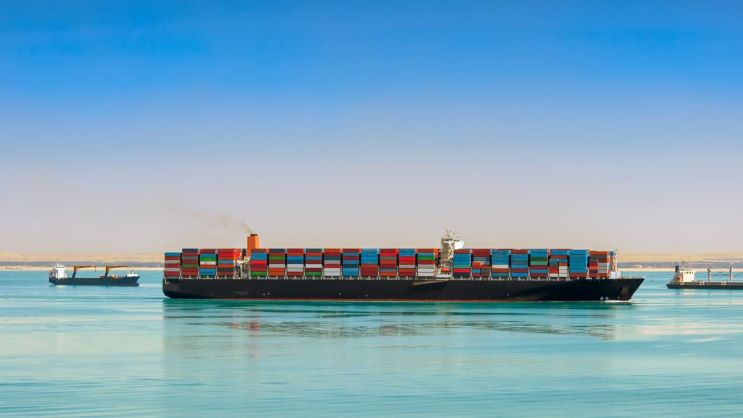
Tactical transportation pathway for global commerce
The Suez Canal becomes more and more important over time and any problems that occur along the canal severely affect global commerce. Even though there have been many changes to the canal throughout history where the movement of goods was delayed, they do not amount to anywhere near two significant disruptions that have occurred in the last ten years.
Blocking the Suez Canal: Ever Given’s Costly Mistake
Ever Given builds some of the world’s biggest cargo liners and on March 21st, 2021, one of their ships got stuck in the Suez Canal, preventing the flow of traffic for six days. This was the result of the ship being quite large with a length of 400 meters (1,312 feet), a width of 59 meters (193 feet), a depth below the waterline of 16 meters (52 feet), and a weight of 220,000 tons (485 million pounds). This blockage was the result of either a failure to navigate (declared by the owners of the ship) or by significant wind when a sandstorm was shifting the ship sideways resulting in the ship getting stuck on both ends in the waterway. The following are the worldwide effects of this incident:
Pileup: This incident became more severe as more and more vessels stacked up behind the Ever Given resulting in around 450 vessels being stuck on both ends of the ship inside the canal.
Economic Problems: As a result of the incident, Egypt required Ever Given to compensate $900 million in lost profits and expenses.
Attacks by the Houthi group results in dangerous worldwide freight transportation
Beginning in December of 2023, companies rerouted their ships away from the Red Sea to avoid the actions of the Iranian-allied Houthi group. This group started attacking vessels making their way through the Suez Canal. This group began these acts of war to support Iran and their support for the Palestinians in Gaza from Israel’s war. As a result of these attacks, the United States and Britain began initiating airstrikes against Houthi forces. The result of these attacks is:
Increased port summon times: Vessels moving through the Suez Canal have decreased by 45% in the two months following the movements of Yemen’s Houthis. This means that cargo vessels began using other water routes.
Higher inventory cost: The cost of food went up following the aggression of these terrorists, 50% being attributed to the higher amount required to transport in some scenarios.
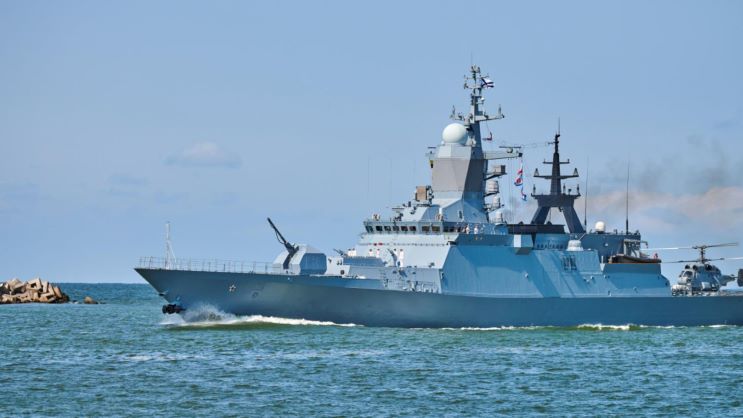
Useful information: Suez Canal Expenses and LCL shipping costs
Through the use of companies providing intermodal transportation and transportation by sea, companies all over the world can especially profit from a united transportation system utilizing containers. When approaching the transportation of containers between Europe and Asia, the path can commonly contain the utilization of the Suez Canal. As a result, transporters should factor in costs that allow them to move their items in the most economical and least expensive way. Here are two very important contributing variables for pricing when it comes to transporting cargo containers by ocean freight from Asia utilizing the Suez Canal.
LCL and FCL container
The true shipping fees start with free volume in a container when the filling process begins at production establishments and food plants in the APAC area (Asia). Utilizing the entire volume within a container is a great way for manufacturers to decrease the amount of containers needing to be transported, with lower transportation costs as a benefit. LCL is an acronym for less than container load and it refers to transporting items that are not big enough to completely utilize the volume of a 20 or 40-foot cargo container. FCL is an acronym for full container loads utilizing the entire volume of the shipping container. Combined, these two acronyms are important to consider when transporting cargo containers. With these come varying pricing.
Shipment preparation software is recently being integrated by companies when it comes to packing containers which significantly improves the utilization of volume as well as keeping in line with the safety requirements when transporting. Here are some scenarios where shipment planning software can improve the handling of container transportation by ocean:
Improved container utilization
Economical packing patterns that fully utilize container volume can be done automatically through a calculator. Faster packing outcomes can be controlled as well and a larger number of orders can be managed while still using a decreased amount of containers.
Decreased mistakes during shipment preparation
Shipment preparation software reduces the amount of errors made by people in logistics which will decrease the functional costs and shipment costs. It also guarantees the right packing which will decrease the possibility of items being damaged as well as decrease delivery problems.
Reduction of time and expenses
Software that prepares cargo for shipping reduces the amount of time required of planners and drivers combined. It does this by decreasing the functioning expenses through the utilization of assets and decreasing frivolous bookings for ocean transport.
Specialized cargo by industry
Cargo planning software assists in tailoring a packing strategy for different types of cargo, including food, machinery, or high-tech items, each of which has specific features and transportation needs.
Improved security and adherence to regulations
Preparation software guarantees adherence to safety standards when loading cargo. It reduces the likelihood of incidents due to unevenly distributed cargo, thereby enhancing overarching welfare during transport.
Reduced backward ocean bookings
The software decreases the chances of mistakes, thereby reducing operational issues related to wrong deliveries and cargo mix-matches. Additionally, it can lessen the necessity of re-booking containers for maritime shipping.
Expenses of the Suez Canal?
When arranging shipments through the Suez Canal, shipping costs do not apply. In addition to the expenses for transporting ships and container cargo, there are toll fees required for traversing the canal. There are 13 distinct tariffs for dry-bulk cargo and tankers. Applicable to either cargo type, the Suez Canal Net Tonnage (SCTN) rules based on typical sizes are used. The SCTN is determined during the ship’s passage through the canal. The following are some scenarios of SCTN tonnage determiners:
Dry-bulk – SCNT for standard sizes
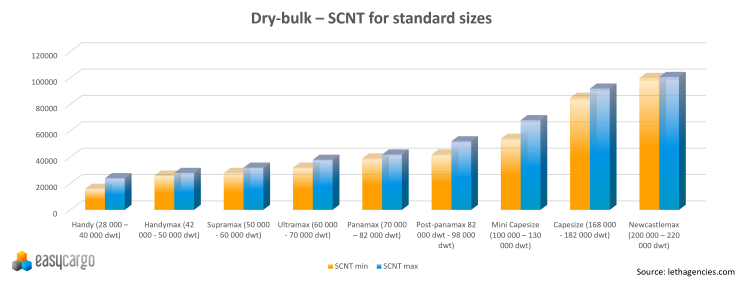
Handy (28 000 – 40 000 dwt): SCNT 16 000 – 24 000
Handymax (42 000 – 50 000 dwt): SCNT 26 000 – 28 000
Supramax (50 000 – 60 000 dwt): SCNT 28 000 – 32 000
Ultramax (60 000 – 70 000 dwt): SCNT 32 000 – 38 000
Panamax (70 000 – 82 000 dwt): SCNT 39 000 – 42 000
Post-panamax 82 000 dwt – 98 000 dwt): SCNT 42 000 – 52 000
Mini Capesize (100 000 – 130 000 dwt): SCNT 54 000 – 68 000
Capesize (168 000 – 182 000 dwt): SCNT 85 000 – 92 000
Newcastlemax (200 000 – 220 000 dwt): SCNT 100 000 – 100 800
Tanker – SCNT for standard sizes
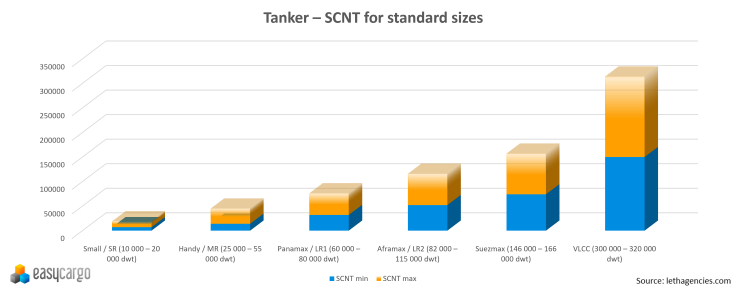
Small / SR (10 000 – 20 000 dwt): SCNT 7 000 – 12 000
Handy / MR (25 000 – 55 000 dwt): SCNT 14 000 – 31 000
Panamax / LR1 (60 000 – 80 000 dwt): SCNT 32 000 – 44 000
Aframax / LR2 (82 000 – 115 000 dwt): SCNT 52 000 – 64 000
Suezmax (146 000 – 166 000 dwt): SCNT 74 000 – 83 000
VLCC (300 000 – 320 000 dwt): SCNT 150 000 – 164 000
It’s probable that these charges were previously factored into your total expenses, as they are associated with the carrier. Therefore, you don’t need to be concerned about them. Nonetheless, being aware of geopolitical developments is important for grasping possible rises in shipping costs, as they are a key element of your overall transportation expenditure. [5]
End results
The Suez Canal boasts a rich history that still shapes modern global shipping. Being aware of the present geopolitical climate is essential for keeping abreast of elements that influence transportation expenses. Even isolated incidents in the Suez Canal’s vicinity can have ripple effects on economies far from Egypt. Businesses often rely on shipment preparation software to streamline their daily operations and reduce shipping expenses, yielding multiple advantages. Evidence shows that using shipment preparation software effectively supports the management of global container transportation via maritime transport.
EasyCargo offers shipment preparation software designed for managing your goods, regardless of whether you’re packing a container to ship inland or by ocean. Our software supports shipment planning for both ocean transport in intermodal transport and road freight. Explore how your company can save on transportation costs with our solution. Reach out to us today to find out more.
Reference:
[1] Suez Canal: https://en.wikipedia.org/wiki/Suez_Canal
[2] The Importance of the Suez Canal to Global Trade – 18 April 2021: https://www.mfat.govt.nz/en/trade/mfat-market-reports/the-importance-of-the-suez-canal-to-global-trade-18-april-2021/#:~:text=The%20Suez%20canal%20is%20a,shipping%20oil%20and%20other%20hydrocarbons.
[3] How One of the World’s Biggest Ships Jammed the Suez Canal: https://www.nytimes.com/2021/07/17/world/middleeast/suez-canal-stuck-ship-ever-given.html
[4] Freight through Suez Canal down 45% since Houthi attacks – UNCTAD: https://www.reuters.com/world/middle-east/freight-through-suez-canal-down-45-since-houthi-attacks-unctad-2024-01-26/
[5] Suez Canal Rates: https://lethagencies.com/suez-calculator

